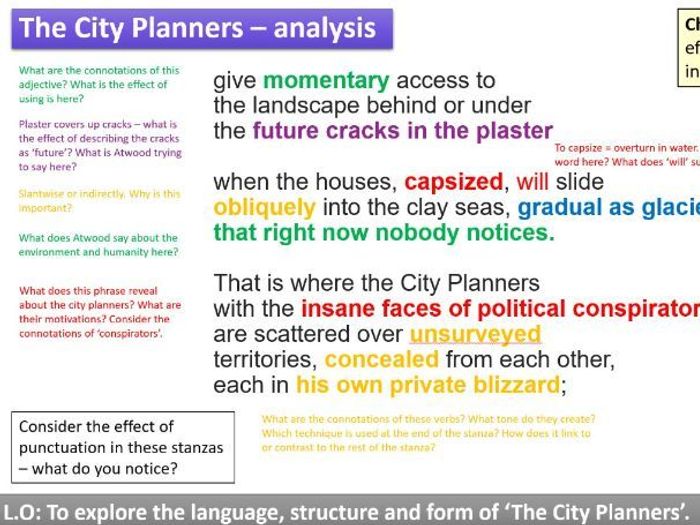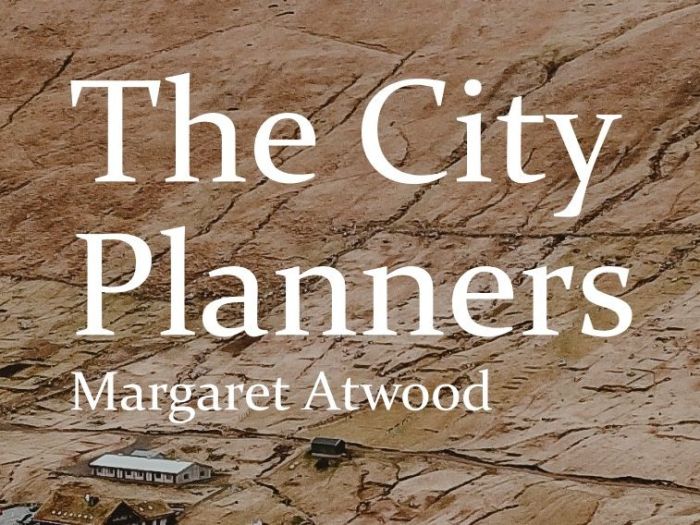The city planners by margaret atwood – Margaret Atwood’s novel, “The City Planners,” delves into the complex interplay between urban development, environmentalism, and gender roles. Atwood’s insightful prose and masterful use of literary devices explore the impact of city planning on individuals and society, leaving a lasting impression on readers and critics alike.
This analysis will delve into the novel’s historical context, literary techniques, character development, themes, and critical reception, providing a comprehensive understanding of Atwood’s urban critique.
Historical Context

Margaret Atwood’s “The City Planners” was written during the late 1960s and early 1970s, a period marked by significant social and political change.
The novel reflects the era’s concerns about urban planning, environmental degradation, and the changing roles of women in society.
Atwood’s personal experiences living in Toronto, a rapidly growing city, influenced her observations of urban life and the challenges faced by city planners.
Literary Devices and Techniques: The City Planners By Margaret Atwood

Symbolism
The novel uses symbolism to explore the complex relationship between humans and their environment.
For example, the city itself is a symbol of both progress and alienation, while the trees represent nature’s resistance to urban encroachment.
Allegory
Atwood employs allegory to critique the power structures and societal norms of her time.
The novel’s depiction of the city as a patriarchal society can be seen as an allegory for the larger social and political landscape.
Metaphor
Atwood uses metaphors to create vivid and memorable images.
For example, she describes the city as a “monster” that consumes its inhabitants, and the city planners as “ants” who are powerless to control its growth.
Character Analysis

Laisha
Laisha is a young architect who is determined to make a difference in the city.
Her idealism and passion for her work are contrasted with the cynicism and pragmatism of her colleagues.
John
John is a city planner who is struggling to balance his personal life with his professional responsibilities.
His relationship with Laisha is a source of conflict, as he is torn between his love for her and his desire to succeed in his career.
Themes and Social Commentary
Urban Planning
The novel explores the challenges and complexities of urban planning.
Atwood critiques the top-down approach to city planning, which often fails to consider the needs of the people who live in the city.
Environmentalism
“The City Planners” also addresses the issue of environmentalism.
Atwood shows how the city’s growth is destroying the natural environment, and she questions the sustainability of our current urban lifestyle.
Gender Roles, The city planners by margaret atwood
The novel also examines the changing roles of women in society.
Laisha’s character challenges traditional gender stereotypes, and she represents a new generation of women who are determined to make their own way in the world.
FAQ Overview
When was “The City Planners” published?
1976
What is the main theme of the novel?
The impact of urban planning on individuals and society, particularly in relation to environmentalism and gender roles.
How does Atwood use symbolism in the novel?
Atwood uses the city itself as a symbol of both progress and alienation, highlighting the complex relationship between humans and their urban environments.